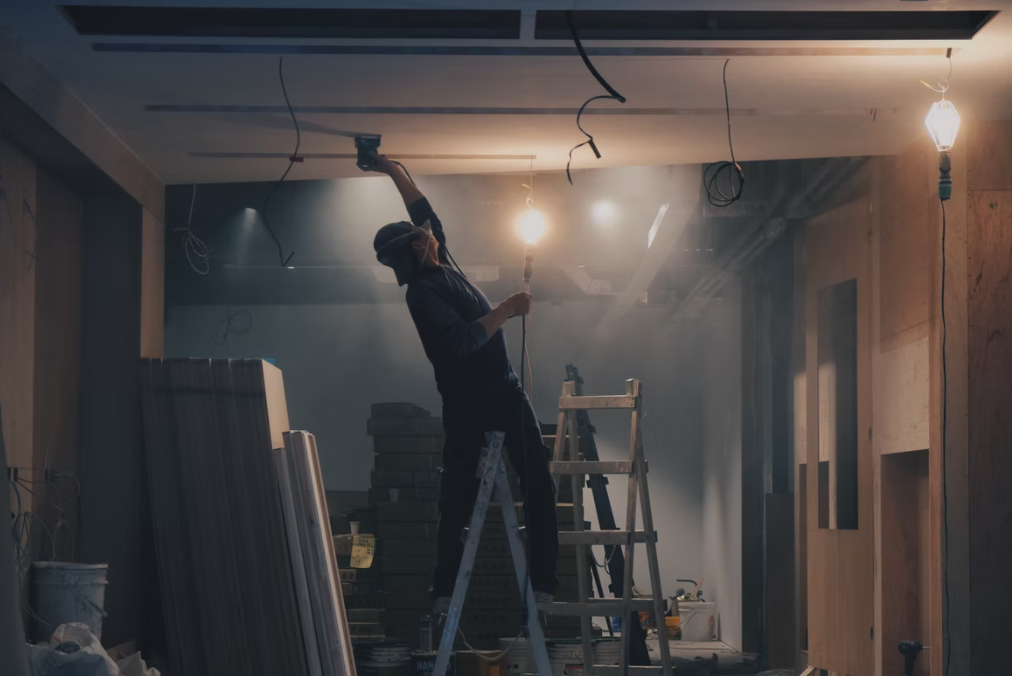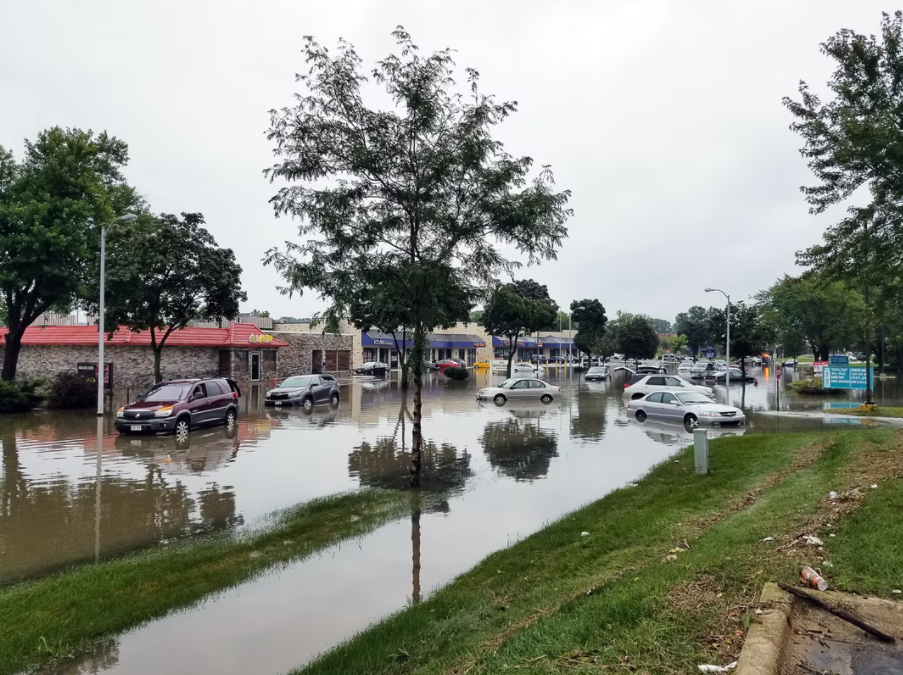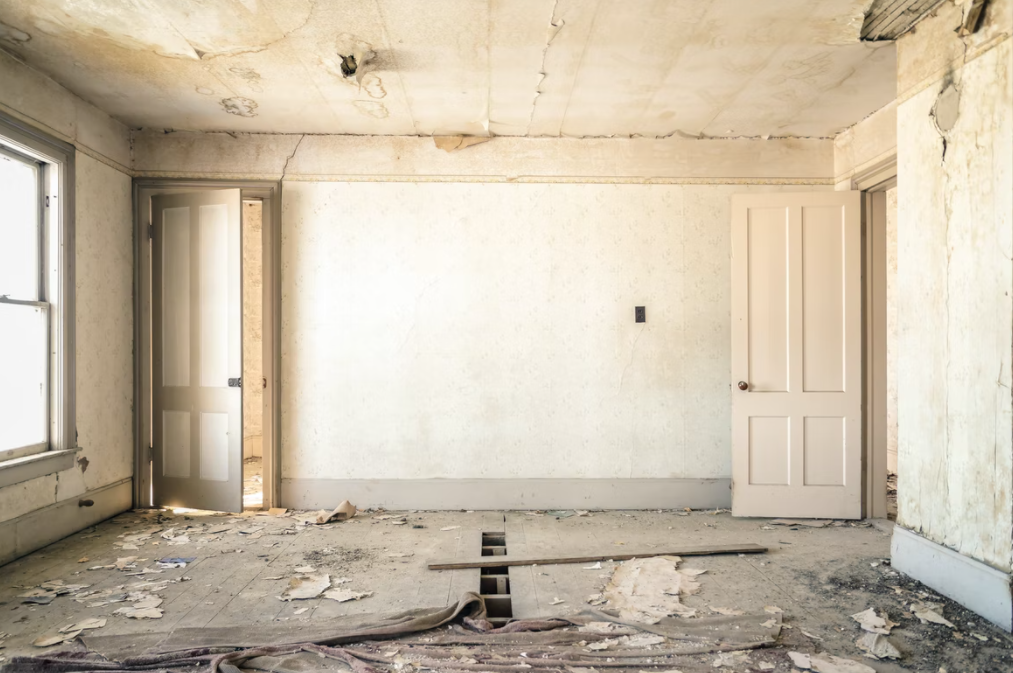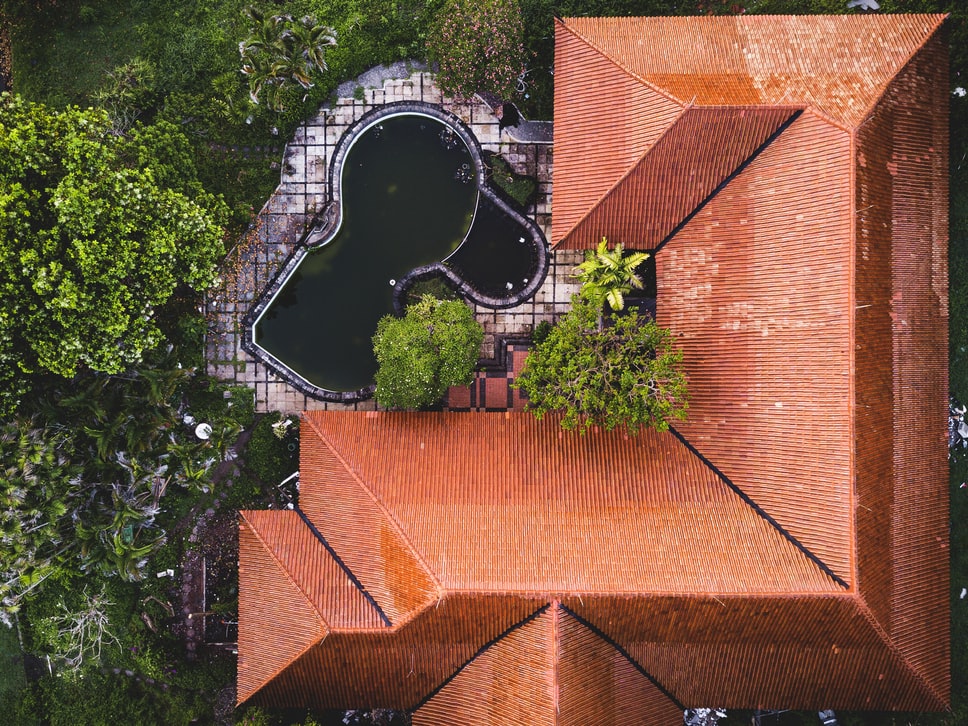The Different Categories of Water Damage

Does your home have water damage? Here are some of the different types of water damage your home could possibly have!
 Photos By: Stock Images
Photos By: Stock Images
Not every water damage is handled the same way. A septic backup is significantly more damaging than having a leaky sink. That’s why there are various categories to identify the risk level of water harming a property. Virginia water damage and house restoration professionals will use multiple water mitigation strategies depending on the damage. In this blog, we shall see the different categories of water damage.
The three different categories of water damage
Category 1: Clean water damage
Clean water damage includes any harm caused by clear, unpolluted water. Although it is the least severe of the three, it is also the most frequent and can occur from a variety of domestic problems.
- Rain or melting ice
- Clogged sinks
- Bathtub overflow
- Water heaters
- Broken toilets
Although clean water damage does not harm people or animals, you should clean it immediately. Remaining standing water could result in mold growth or structural harm, which would be problematic.
Fortunately, clean water damage is easy because it is not hazardous. There is no need for extensive cleaning procedures or safety precautions. You need to dry off anything wet and mop up the excess water.
However, category one water damage can easily escalate to category two if the cleanup is not done properly. It is, therefore, essential to hire a water restoration specialist; only by doing this you can be sure that all of the water has been drained and that you won’t need to take any further action in the future.

Category 2: Gray water
The term gray water is also called sullage, any wastewater not contaminated with sewage. In a home, gray water is produced by sinks in the kitchen and bathroom, bathtubs, showers, dishwashers, and washing machines. A dripping drain, flooded appliance, or lousy weather might damage gray water.
When cleaning, be cautious if gray water has soaked your carpet, drywall, and furniture. However, Gray water may still cause illness if ingested even though it has fewer bacteria than Category 3. Suppose you attempt to clean up a tiny contaminated area by yourself, put on safety gear, and keep pets and kids away while you clean.
It is advisable to contact a professional water restoration firm to carefully clean and sanitize the area in significant floods, such as when the basement has several inches of water. Note that Category 2 water can become Category 3 in as little as one or two days.
Category 3: Blackwater
Wastewater contaminated with germs or toxins, human waste, or both is Category 3 or blackwater. Blackwater contains toilet paper and human waste, including urine and feces, produced when flush toilets, bidets, or sewage pipes break. Blackwater can also be water from dishwashers, sinks for food prep, and other sources.
Blackwater is an ideal environment for harmful germs and bacteria and should be completely decomposed before release.

Final thoughts
A flooded house is difficult to live in and can result in significant harm if not treated right away. Knowing which water category has entered your property will determine the procedures you must follow to clean up the damage. We recommend contacting a reputable water restoration company immediately if you suspect damage from gray water, black water, or mold.








